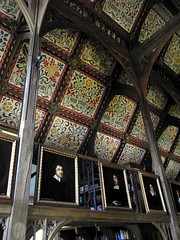
(1) Books, research and serendipity in the stacks
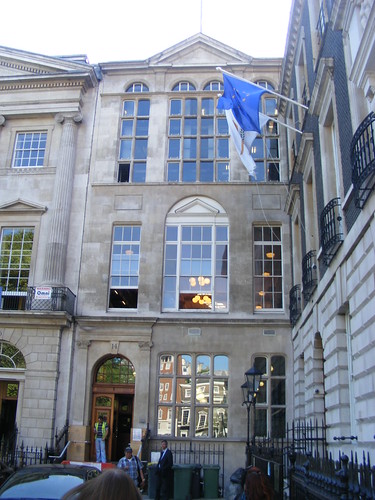
(2) Location, St James' Square
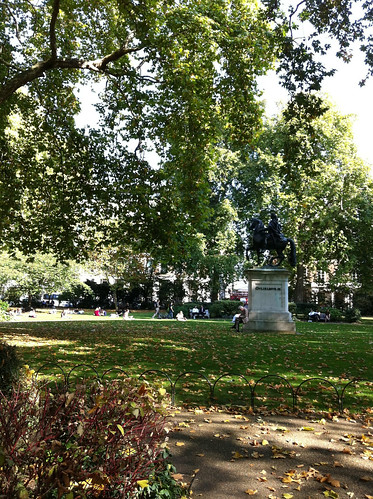
(3) History and inspirational writers
London is steeped in tradition and history. You trip over famous (often dead) people everywhere you go. But it is still incredibly inspirational to think I am writing in a place where Agatha Christie was a member, where Virginia Woolf and EM Forster wrote, where Darwin and Dickens scribbled and where Tom Stoppard is currently president. This is a literary legacy of greatness. Is it too much to think that the walls have absorbed some of this creative spirit over the years and by being there, I too can imbibe?
(4) Positive atmosphere and peer pressure to write
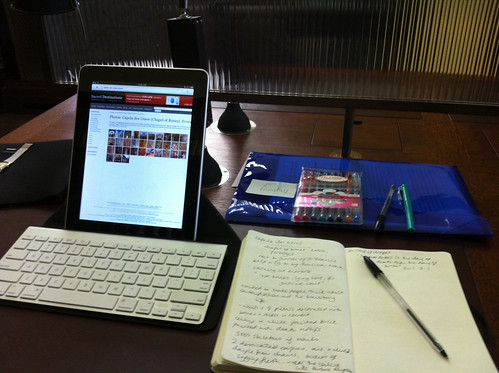
At my home office I have many distractions, blogging and twitter being two major ones. Yes, the London Library does have internet but I go there to write. I settle in and prepare myself for a day's work. Soon I am surrounded by other industrious writers, on laptops, iPads or taking notes from books. There is a general atmosphere of hard creative work. Sometimes a member will nod off in one of the comfy reading chairs, a deserved break from the labour of intense study. This is how I worked at University when I spent my days in the Radcliffe Camera in Oxford. It feels like a correct place of work for a writer. There is a room where laptops are forbidden so not even the tapping of keys distracts you, just the rustle of pages and the innumerably interesting journals on arcane topics that draw the eye.
(5) The normality of a writer's life
I have spent the last 13 years as an international business consultant with all the routine of an office worker. These daily rituals have become ingrained into me, the daily commute, coffee before starting, meeting for lunch in between spurts of intense working, perhaps a drink later in the day before coming home. Going from that life to working entirely from home as an author-entrepreneur hasn't been easy but going into a place of work like the London Library makes the writing life a more normal one and gives me a semblance of routine to base my creative life around. Getting out of the house and into a different space is critical for the solo-entrepreneur. Being in central London also gives me the benefits of being able to network at break-times and after the Library closes.
I have only been a member for a few weeks and already the benefits of the London Library are immeasurable for me. I'm sure other advantages will be realized over time and I hope that I will also be able to give back.

Top image: Flickr Creative Commons Gruenemann, Other images my own (also on Flickr CC)
Sharing image bookplate photo: Wikipedia Creative Commons
The London Library from Jeremy Riggall on Vimeo.
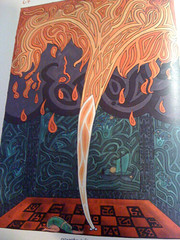
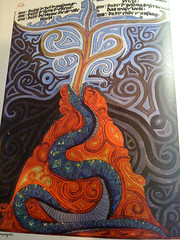 Morgan frowned and said, “I don’t remember Pentecost mentioned specifically, but
Morgan frowned and said, “I don’t remember Pentecost mentioned specifically, but
